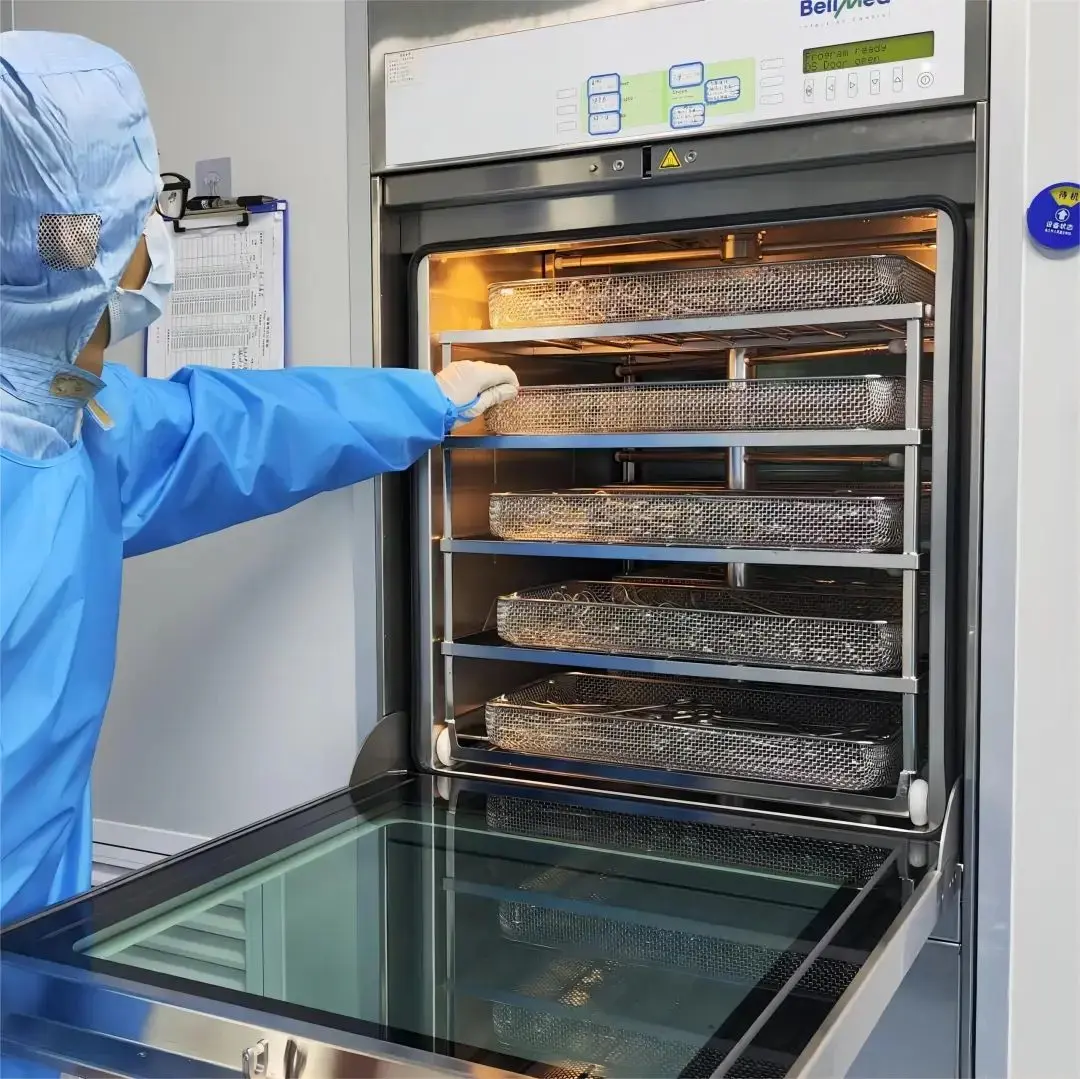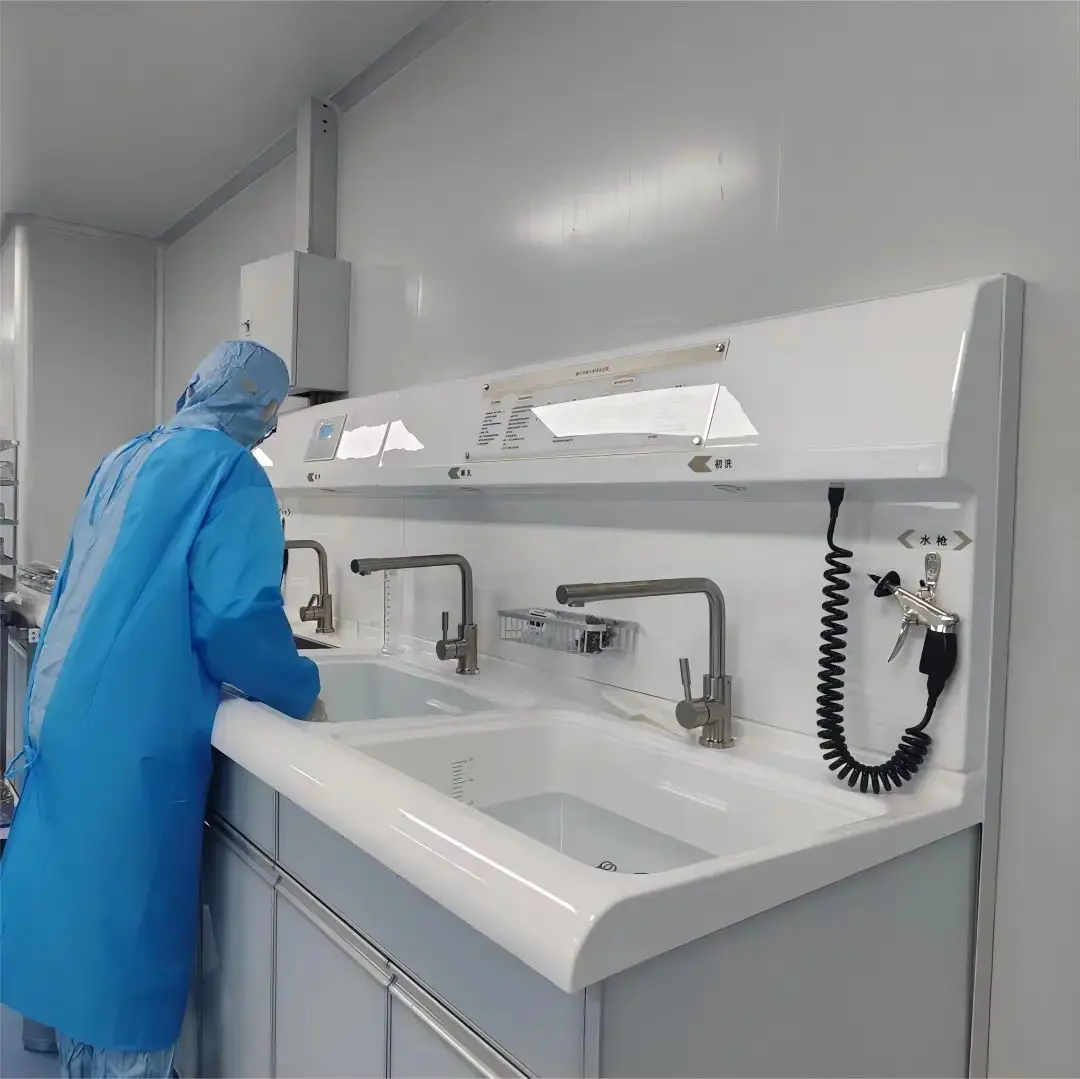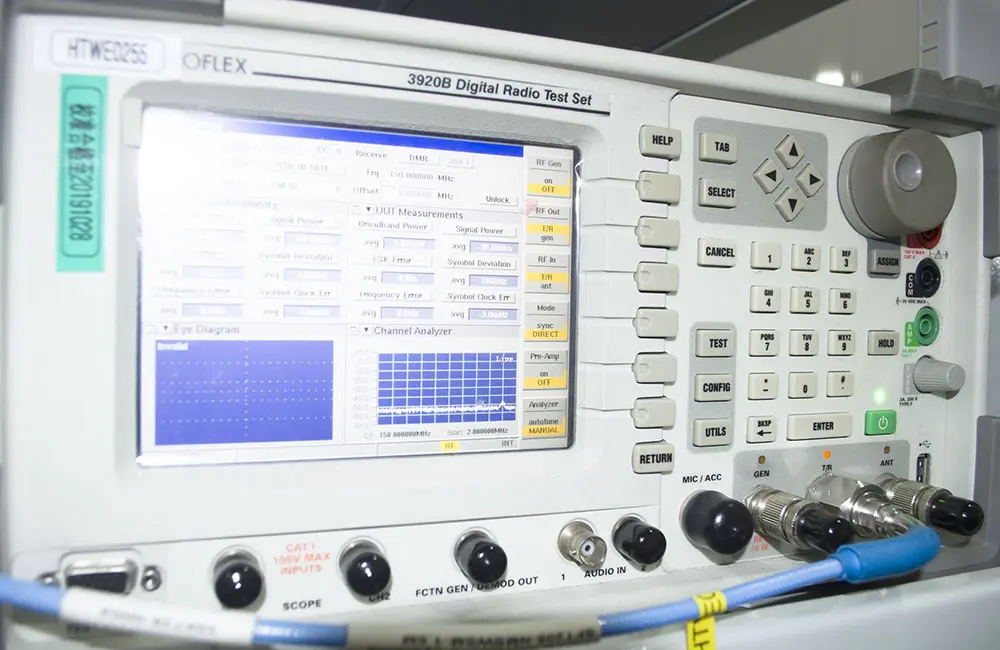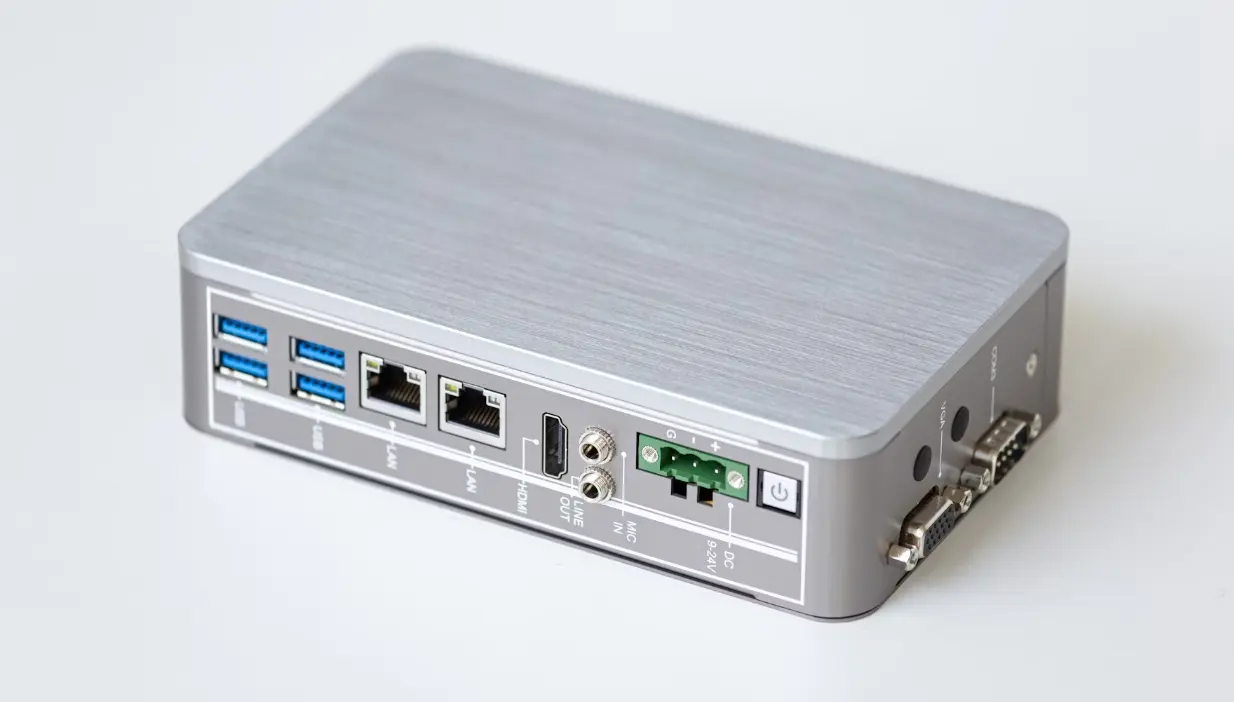
UL 217 Smoke Detectors Test
Smoke detectors are also known as smoke or fire alarms. A smoke detector works by monitoring the concentration of smoke to prevent fires. It uses an ionization smoke sensor, which is an advanced, stable, and reliable technology widely used in various fire alarm systems, with performance far superior to that of gas-sensitive resistive fire alarms.
UL 217 specifies the performance, reliability, and safety requirements for fire alarms, providing important criteria for protecting people's lives and property. Key contents include the classification and types of fire alarms, performance requirements (such as sensitivity, response time, false alarm rate, etc.), and reliability requirements.
Smoke Alarm: A smoke alarm emits a sound or visual alert in a local area to indicate the presence of smoke, signaling a potential fire hazard. These devices are typically used in homes.
Smoke Detector: A smoke detector is part of a larger fire safety system that sends signals to a fire alarm control panel to alert the presence of smoke in a certain area, indicating a potential fire hazard. These products are typically used in commercial environments.
Carbon Monoxide Alarm: A carbon monoxide alarm emits an audible alert when carbon monoxide levels reach dangerous levels. It is designed to detect sources of carbon monoxide, such as internal combustion engines, fuel-burning appliances, and fireplace venting systems (but not limited to these).
Home Gas Detector: A home gas detector is used to detect flammable gases like propane and natural gas in the home.
Amazon Requirements for All Fire Smoke and Carbon Monoxide Alarms: All fire smoke and carbon monoxide alarms must be tested and comply with the following regulations, standards, and requirements:
1. Smoke Alarm: UL 217 (Smoke Alarm Standard)
2. Smoke Detector: UL 268 (Fire Alarm System Smoke Detector Standard)
3. Carbon Monoxide Alarm: UL 2034 (Single and Multiple Carbon Monoxide Alarm Standard)
4. Home Gas Detector: UL 1484 (Home Gas Detector Standard)
5. Thermal Fire Detector: ULC-539 (Single and Multiple Heat Sensor Alarm Standard)
Your product detail page must include the following information:
1. Model, part number, or product number
2. Manufacturer or brand name
Note: The information above must match the test report to prove that the product being tested is the same as the one listed on the product detail page.
UL 217 Testing Process:
1. Determine the cost
2. Complete the application form
3. Send samples
4. Confirm contract quote and make payment
5. Arrange product testing
6. Issue a draft report based on the test results
7. Finalize and confirm the draft, then issue the official report
8. Review and finalize the case
The testing cycle takes about 5-7 business days. Provided there are no updates to the ul testing standards in the U.S., the UL test report remains valid for a long time.
Email:hello@jjrlab.com
Write your message here and send it to us
 EU 2.4G Products CE-RED Directive
EU 2.4G Products CE-RED Directive
 Cytotoxicity Analysis (CCK-8 Method)
Cytotoxicity Analysis (CCK-8 Method)
 Disinfection Validation for Reusable Medical Devic
Disinfection Validation for Reusable Medical Devic
 ASTM F3208-2020 Testing Laboratory
ASTM F3208-2020 Testing Laboratory
 Reprocessing of Reusable Medical Devices ISO15883
Reprocessing of Reusable Medical Devices ISO15883
 Wireless Product Certification Guide
Wireless Product Certification Guide
 TISI Certification for Hair Dryers in Thailand
TISI Certification for Hair Dryers in Thailand
 Thailand TISI Compliance Certification Reminder
Thailand TISI Compliance Certification Reminder
Leave us a message
24-hour online customer service at any time to respond, so that you worry!




